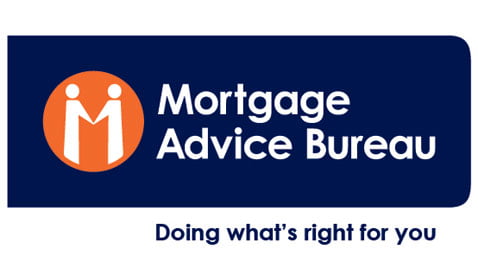Mortgage Advice Bureau believes that equity gains from rising house prices are helping borrowers in the buy-to-let mortgage market access better interest rates as they investigate a new purchase or refinancing their existing deal.
Using data from over 250,000 monthly product searches via price comparison and broker websites powered by Twenty7tec, the MAB Mortgage Search Tracker shows the average property value among buy-to-let borrowers remained constant at just under £230,000 from Q4 2013 to Q4 2014.
The research found that buy-to-let borrowers have £99,914 of equity behind them, an increase of 15% or £13,289 in the last year.
However, having more equity behind them means the average loan to value (LTV) deal sought by buy-to-let borrowers therefore dropped from 62.2% to 56.5%. This increases their chances of securing lower rates as they represent a more secure prospect to lenders, MAB said.
Brian Murphy, head of lending at Mortgage Advice Bureau, said: “These findings show that landlords are in an especially strong position to use their recent equity gains to negotiate a better mortgage deal. House prices have settled into a steadier pattern in recent months, but the current low rate environment offers many buy-to-let borrowers the chance to reassess their finances.
“It means this part of the market is likely to see strong activity this year, both from people who are already involved with buy-to-let and others who are learning the ropes. A number of mainstream lenders have increased their buy-to-let offer already and new entrants have also arrived to boost competition.
“Lending to landlords is still a modest part of the wider mortgage market, but in terms of percentage growth, it outstripped lending for house purchases and remortgaging last year. There are certainly no signs of buy-to-let losing its appeal.”
The findings also indicate buy-to-let customers are increasingly looking to borrow over a shorter period of time. 12 months ago, 62% of buy-to-let borrowers were looking for a mortgage term of 25 years or more. But this fell by ten percentage points to 52% in Q4 2014.
In contrast, the percentage of buy-to-let borrowers looking for a loan of 15 to 24 years rose from 29% in Q4 2013 to 41% in the final three months of 2014. The move towards shorter mortgage terms may be a sign of more emphasis on repaying loans during people’s working lives rather than extending them into retirement, MAB said.
Both buy-to-let borrowers and homebuyers targeted similarly priced properties in Q4 2014 (£229,442 for buy-to-let vs. £231,470 for house purchase). But while the average homebuyer also had a significant amount of equity behind them (£74,159), this is 26% (£25,755) less than the buy-to-let average of £99,914.
As a result of seeking larger loans (£157,311), homebuyers were more interested in stretching their repayments over a longer time period: 80% sought a term of 25 years or more in Q4 2014, compared with 52% of buy-to-let borrowers.
The Q4 2014 data also reveals Monday afternoon (12pm to 5pm) was the most popular time for aspiring homebuyers to search online for a mortgage. In contrast, Wednesday evening (5pm to 10pm) was the most popular time to search for a buy-to-let loan and also attracts the most interest in remortgaging.
Murphy added: “Some buy-to-let borrowers may see equity gains as a chance to refinance and use some of their extra capital to expand their portfolio.
“For others – particularly those who are less concerned with growing their foothold in the market – there is plenty to be gained from remortgaging to get a cheaper deal or even bring their final repayment date forwards.”
